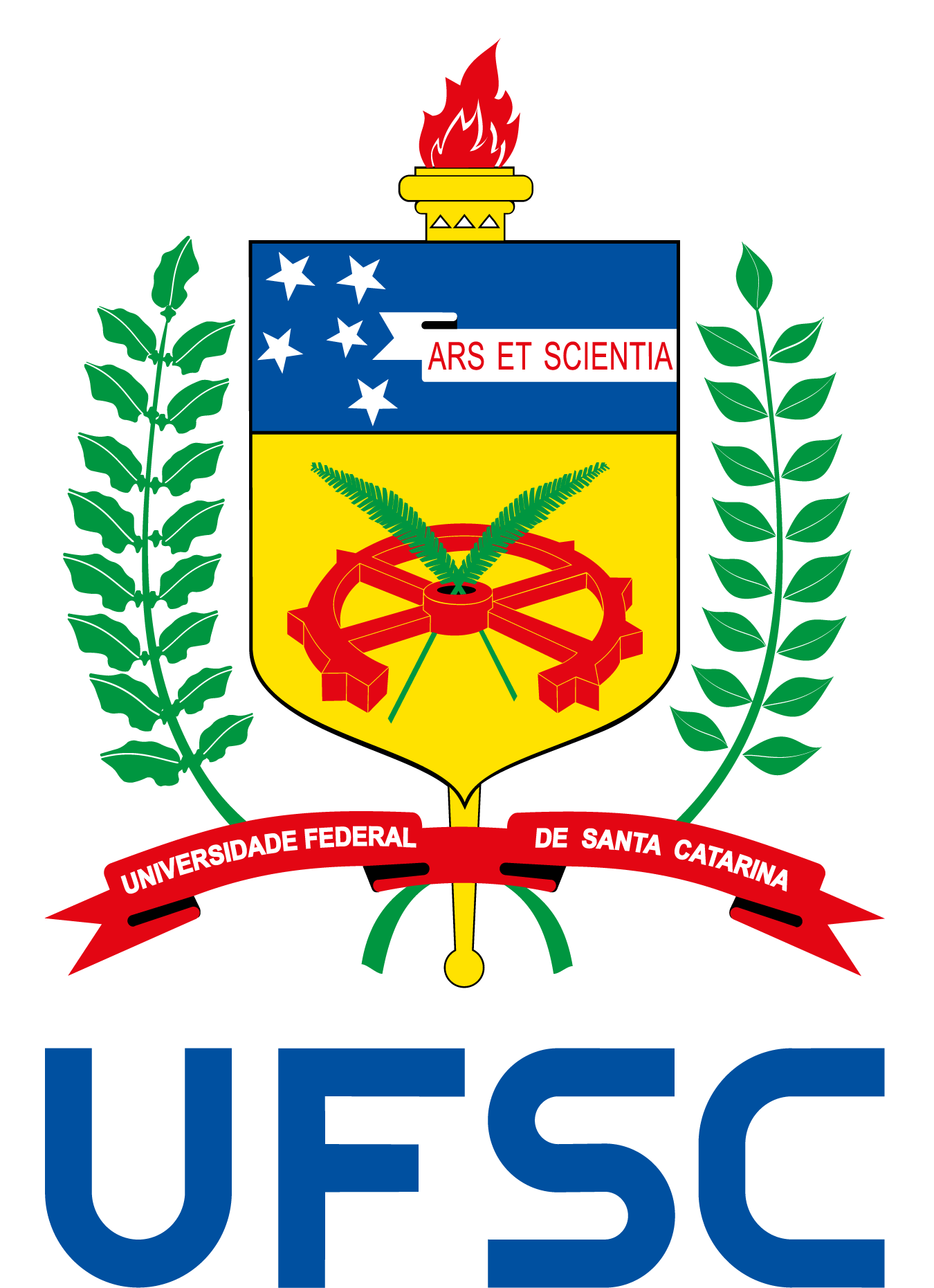(Português) Minicursos de Física I (Centro de Massa e Colisões) e Cálculo I (Integral)
(Português) Relato da Reunião nº 159 do Colegiado Delegado do Programa de Pós-Graduação em Física
(Português) Eleições representante docente área de concentração Física da Matéria Condensada
Seminar with prof. Mercedes Molla – Modelos de evolução química: o enriquecimento de metais em galáxias – 22/November/2013 – 10:00:00 AM
THE PHYSICS GRADUATE PROGRAM invites everyone to the seminar:
Modelos de evolução química: o enriquecimento de metais em galáxias
Mercedes Molla
CIEMAT (Espanha) & IAG-USP (Brasil)
Abstract:
Elementos químicos diferentes do H e He são criados principalmente no interior das estrelas. Dependendo da massa da estrela, uns elementos ou outros são criados. Quando as estrelas morrem estes elementos são ejetados
para o meio interestelar, onde siguientes gerações estelares podem se formar com uma maior abundância dos elementos do que os anteriores. Desta forma, as abundâncias elementares medidas em galáxias estão diretamente relacionados com a taxa de formação de estrelas ao longo do tempo em estas galáxias. Os modelos de evolução química tentar colocar esses ingredientes juntos para interpretar os dados observacionais obtidos a partir de galáxias em termos de histórias evolutivas. Vamos rever todos estes aspectos e descrever os nossos próprios resultados dos modelos aplicados aos discos das espirais.
Date: 22/November/2013 – (Friday) – Place: Sala 212 – Auditório do Departamento de Física – Time: 10:00:00 AM
(Português) Divulgação do gabarito da prova do Processo Seletivo 2014/1
(Português) Convocação para a 159ª Reunião Ordinária do Colegiado Delegado
(Português) Divulgação do Resultado do Processo Seletivo PPGFSC/UFSC ingresso 2014/1
(Português) Fechamento da Secretaria
Seminar with Prof. Jorge Zanelli – Unconventional Supersymmetry – 08/November/2013 – 10:00:00 AM
THE PHYSICS GRADUATE PROGRAM invites everyone to the seminar:
Unconventional Supersymmetry
Prof. Jorge Zanelli
Centro de Estudios Científicos (CECS), Valdivia – Chile
Abstract:
A gauge theory for a superalgebra is constructed. The local symmetry includes an internal gauge group, the Lorentz group and supersymmetry generators. The important distinctive features between this theory and standard supersymmetries and supergravities are:
i) The number of fermionic and bosonic states are not necessarily equal.
ii) No additional superpartners appear, “bosoninos” or s-leptons are absent.
iii) Although this supersymmetry includes gravity, there is no gravitino.
iv) Fermions acquire mass from their coupling to the background or from self-couplings. Bosons remain massless.
In odd dimensions, the Chern-Simons form provides an action invariant under the entire gauge. In even dimensions, the Yang-Mills form is the only natural option and the symmetry breaks down to (Internal Gauge Group) (Lorentz Group)
Following the Townsend-MacDowell-Mansouri construction starting with a osp(4|2) connection, a Lagrangian invariant under the subalgebra u(1) x so(3,1) is obtained, and the only non-standard additional piece is the Nambu-Jona-Lasinio term.







